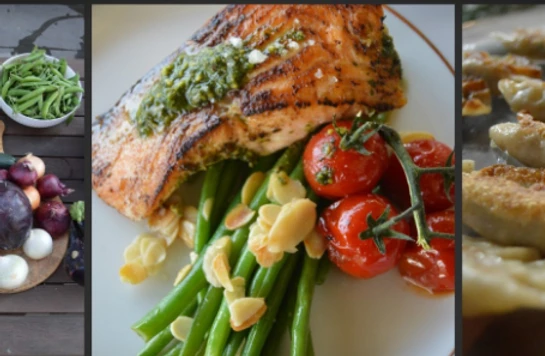
People often go to restaurants and think, “I could have done that at home, better, for a fraction of the price.” (Obviously not when dining at Kosher Culinary Travel’s table, but that’s a given.) In my years as a chef, I often get asked what the real difference between an excellent home cook and restaurant chef is. The answer is, of course, a complex and multi-faceted one, but I’ll try to boil it down to a few points, and then give you some suggestions to take your food to the next level.
- It’s all about planning. Chefs need to prepare large amounts of food in limited time, and approach their cooking accordingly. Portions must be exact — too little and you’ll run out of something during service, too much and you’ve just thrown money down the drain. Get your station disorganized, and you’ll waste precious minutes searching for the fried shallots while your meat burns in the oven.
Pro Tip: When planning your meals, take a few minutes to write down each and every component that is going in it — the paprika and olive oil on top of the humus, croutons for a salad, or parsley for the soup — and have it ready and waiting in small bowls. Keep your cutting board clean and clear off the counter tops before serving food. A clean, orderly space will lead to fuss-free service.
2. Technique. Chefs love big knives, heat, and high-powered toys and aren’t afraid to use them. Many home cooks are more timid when they approach knives or fire, and with good reason. An untrained chef with a large sharp knife can be dangerous, which is why chefs love to practice their knife skills, learn the limits of safe fire usage, and treat their equipment with a friendly respect.
Pro Tip: Make like Julie and Julia and practice those knife skills! There are plenty of YouTube tutorials that will teach you how to handle a knife. Once you’re no longer afraid of the big, bad knife and getting your frying pans searing hot, a world of excitement is opened up to you.



